Route Guide: The California Parks Loop
1,800 miles. 7 parks. Built for truck campers, not tour buses.
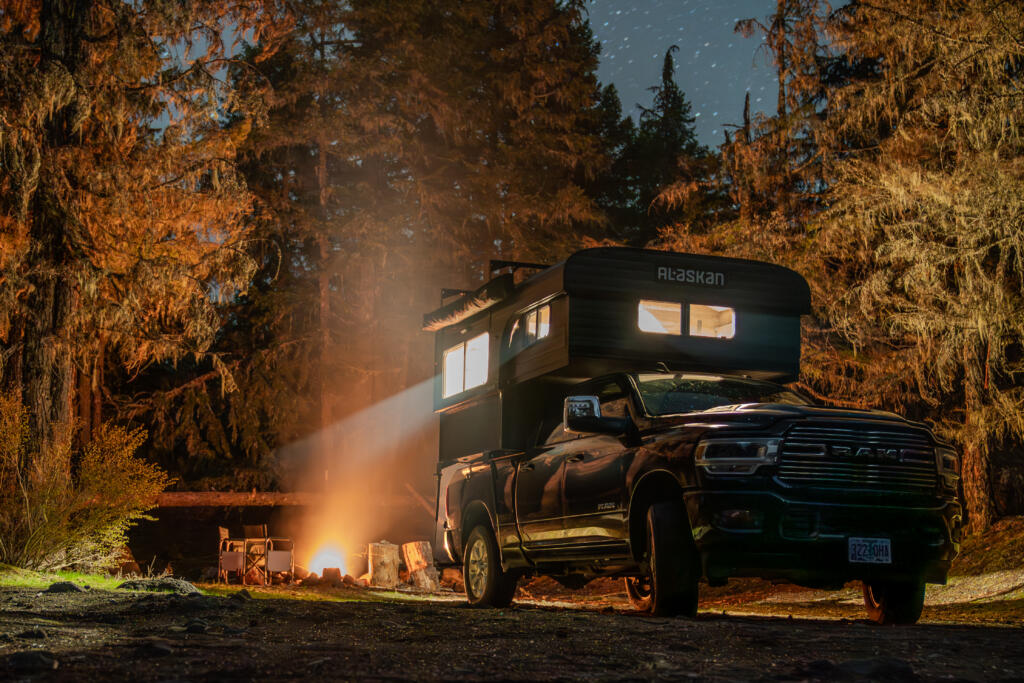
If you’ve got a truck camper and a love for the long road, this California loop is one worth driving. It covers more than 1,800 miles and connects seven national parks, starting near Santa Barbara and winding up past the redwoods before wrapping up in San Francisco. You’ll cross desert basins, climb into alpine country, wander among volcanic craters, and stand beside some of the biggest trees on earth—with your rig as your base the whole way.
This Route Guide joins our growing lineup of road-tested trips, right alongside the Cascade Loop, the North Rim of the Grand Canyon, and Montana’s Beartooth Highway. Like those, it’s built for folks who travel light, stay nimble, and know the value of a quiet place to park for the night.
And just so we’re clear—you don’t have to follow this route from end to end. Pick your spots, stay where it’s good, skip the rest if you feel like it. This isn’t a checklist. It’s just a tool to help you plan something that fits your pace. Whether that’s a long weekend or a couple of weeks chasing elevation, the road’s yours. No reservations, no rush—just turn the key and follow what feels right.
Stops Along the Route:
- Channel Islands National Park (optional warm-up by ferry)
- Joshua Tree National Park
- Death Valley National Park
- Sequoia & Kings Canyon National Parks
- Yosemite National Park
- Lassen Volcanic National Park
- Redwood National and State Parks
- San Francisco (return leg with optional coastal detours)
Starting in Santa BarbarA: Channel Islands National Park
(Optional Warm-Up)
Before the long miles begin, consider a reset: no roads, no service, just a ferry ride from Ventura to one of California’s most overlooked national parks. The Channel Islands are vehicle-free, which makes them a perfect first stop to stretch your legs and let your mind shift into road mode.
Most folks head to Anacapa or Santa Cruz Island, both reached by booking a trip with Island Packers Cruises. These day-use ferries drop you off in the morning and pick you up in the afternoon, giving you 4 to 8 hours to explore on foot or by kayak. Inspiration Point on Anacapa offers wide-open views, while Santa Cruz is known for its volcanic sea caves—perfect for paddling when conditions are calm.
There are no food, water, or trash services on the islands, so come prepared and pack everything out. It’s not a must-do, but it’s a strong start: remote, slow, and a solid reminder of why traveling with your camper means always having what you need, wherever you land.
Quick Look:
- Access: Ferry from Ventura (Island Packers Cruises)
- No vehicles allowed — explore by foot or kayak
- Highlights: Sea cave kayaking, Inspiration Point, island wildlife
- Essentials: Pack in food, water, sun protection, and layers
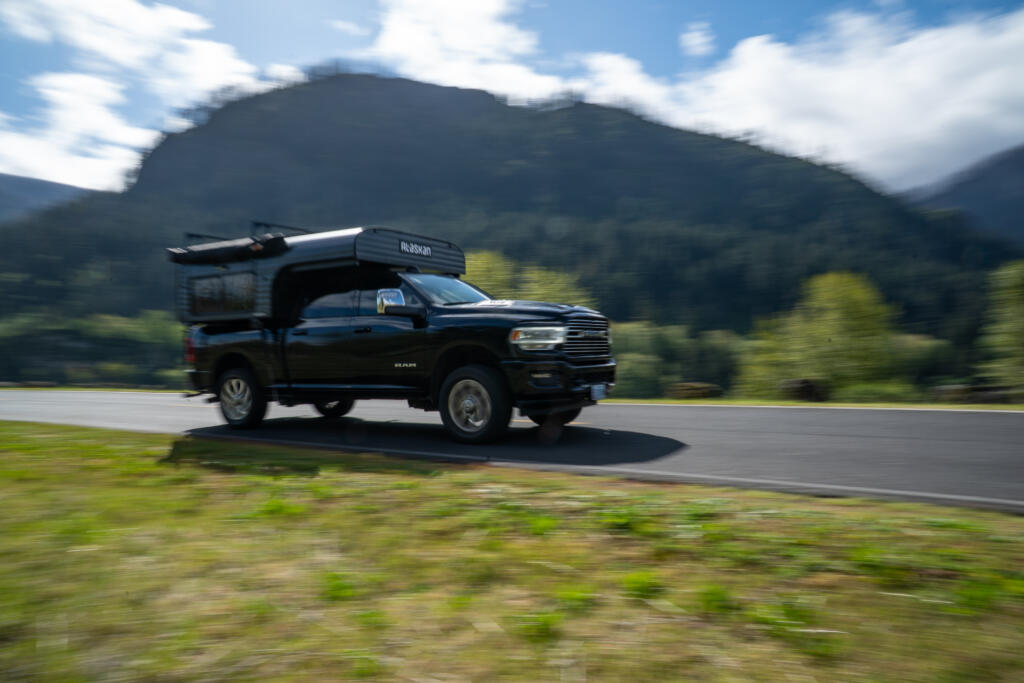
Joshua Tree National Park
Once you’re back on the mainland, head east into the Mojave. Joshua Tree is where desert drama meets off-grid bliss. With its massive boulders, twisted yuccas, and clear skies, it’s a favorite for climbers, hikers, stargazers, and truck campers alike. This is the kind of place where you can park, wander into the rocks, and not see another soul till sunrise.
Cruise Park Boulevard to hit the highlights. Hidden Valley offers a mellow loop with great views and easy bouldering. Arch Rock and Barker Dam are short hikes with big payoffs. For something more ambitious, Ryan Mountain delivers panoramic views after a steady 1,000-foot climb. Clear nights bring world-class stargazing; this is a certified Dark Sky Park, after all. Reserve your campsite ahead at Jumbo Rocks or Black Rock, or explore first-come options like White Tank and Belle. Outside the park, there’s plenty of BLM land for dispersed overnights if spots inside are full.
Quick Look:
- Drive Time from Ventura: ~3.5–4 hours
- Top Spots: Hidden Valley, Ryan Mountain, Arch Rock, Barker Dam
- Activities: Hiking, bouldering, photography, stargazing
- Camping: Reserve ahead at Jumbo Rocks or Black Rock; BLM land nearby
- Pro Tip: No water at most campgrounds—stock up before entering the park
- Weather Warning: Temps can drop below freezing in winter and climb above 100°F in summer—check forecasts and plan accordingly.
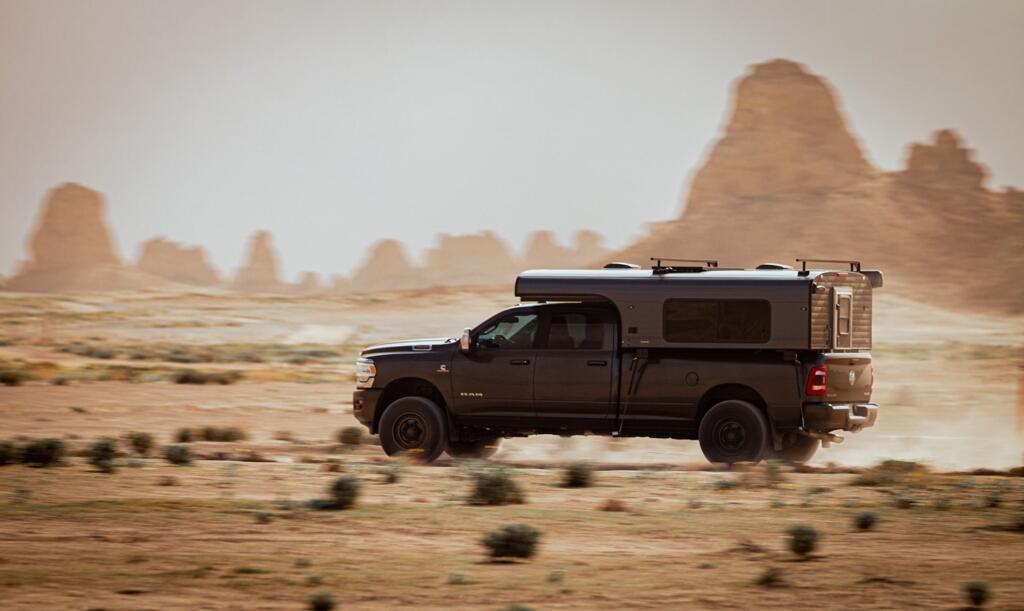
Death Valley National Park
After Joshua Tree, the landscape only gets more extreme. Death Valley is the lowest, hottest, and driest national park in the U.S., and it’s one of the most surreal. Salt flats stretch for miles, canyons carve through ancient rock, and the light constantly redraws the terrain. It’s rugged country, but with the right rig and smart planning, it’s unforgettable.
Start early and hit Zabriskie Point for sunrise, then move on to Badwater Basin—the lowest point in North America at 282 feet below sea level. Artist’s Drive is another must-do, especially when the colors light up in the morning. Got high-clearance 4WD? Racetrack Playa and its mysterious moving rocks are a worthy detour, but be warned: sharp rocks are known to shred tires, and help is hours away. Fuel is available at a few key stops, but pricey—top off before you roll in. And don’t skimp on water. With temps that can top 115°F in summer, you’ll need more than you think.
Quick Look:
- Drive Time from Joshua Tree: ~5 hours
- Top Spots: Zabriskie Point, Badwater Basin, Artist’s Drive, Dante’s View, Mesquite Flat Sand Dunes
- Activities: Scenic driving, geology stops, short hikes, photography
- Camping: Furnace Creek (reservable), Wildrose & Emigrant (first-come), backcountry dispersed
- Pro Tip: Travel November–March and avoid summer heat; bring paper maps and a full-size spare if heading off-pavement
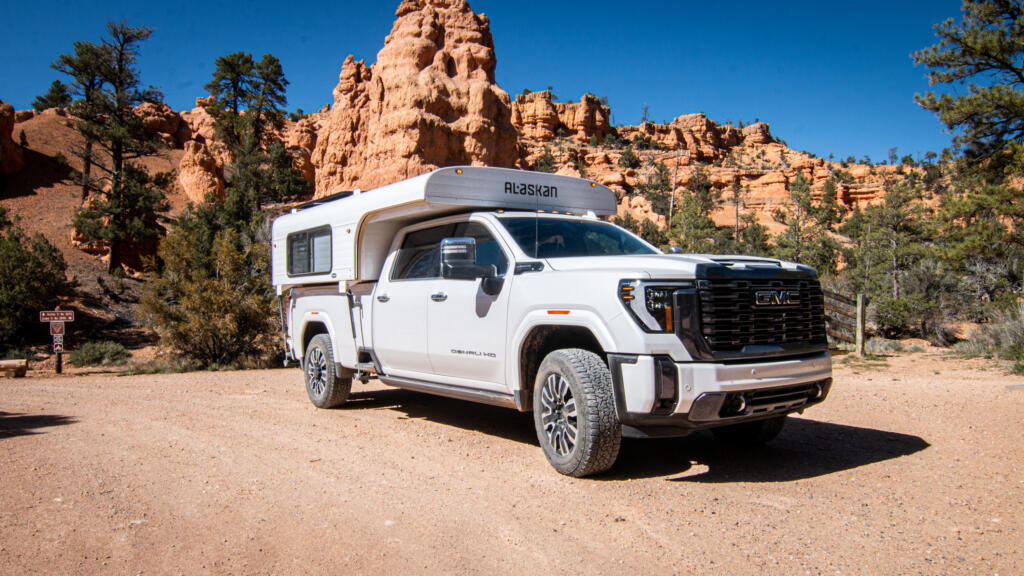
Sequoia & Kings Canyon National Parks
Climbing out of the desert and into the Sierra, Sequoia and Kings Canyon feel like a different world. These side-by-side parks are home to granite peaks, deep canyons, cold rivers, and the largest trees by volume on Earth. After Death Valley, the cool air and towering groves feel like a reward.
In Sequoia, don’t miss the General Sherman Tree—at 275 feet tall and over 36 feet in diameter, it’s a landmark worth standing quietly beneath. Moro Rock is a short but steep stairway hike with an incredible panoramic view. Over in Kings Canyon, the scenic byway leads you through glacial valleys, river bends, and forested trailheads. Zumwalt Meadow and Roaring River Falls are low-effort, high-reward stops. These parks are made for wandering, and the campsites here are among the most peaceful in the state.
Quick Look:
Drive Time from Death Valley: ~4.5 hours
- Top Spots: General Sherman Tree, Moro Rock, Zumwalt Meadow, Roaring River Falls
- Activities: Hiking, scenic driving, tree-peeping, photography
- Camping: Lodgepole, Dorst Creek, or Grant Grove Village
- Pro Tip: Arrive early—parking fills quickly at major trailheads in summer
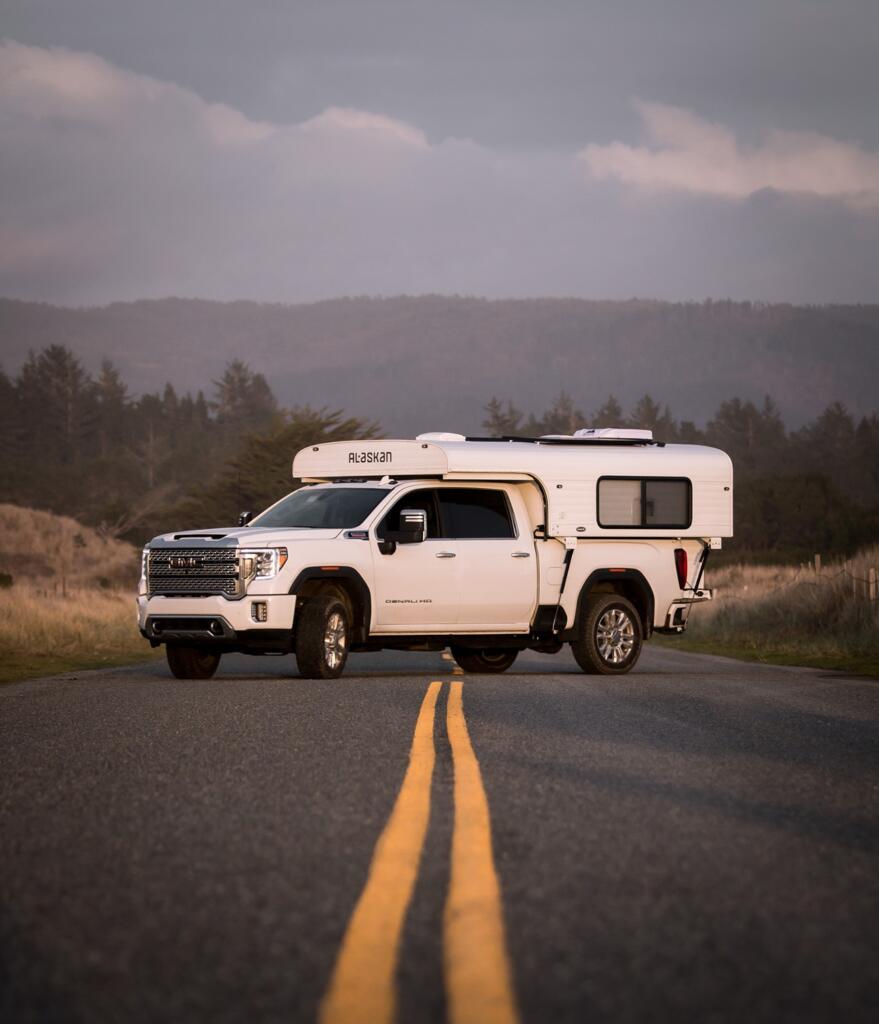
Yosemite National Park
Yosemite doesn’t need much introduction. It’s one of the most iconic parks in the world—and with a truck camper, you’ve got the freedom to experience it on your own terms. Whether you’re threading through valley traffic or tucking into a quieter corner of the park, you’re rolling with your bed, your kitchen, and your exit plan. That’s a big advantage here.
Base yourself in or near Yosemite Valley for easy access to the classics: El Capitan, Half Dome, Yosemite Falls, and Tunnel View. Trails like Bridalveil Fall and Mirror Lake offer big views with minimal effort, and if you time it right, spring delivers peak waterfall season while fall brings quieter trails and golden light. Even just cruising Tioga Road or heading up to Glacier Point can fill your day with some of the best scenery in the Sierra.
If you’re camping in the valley, Upper Pines and North Pines are your best bets—but they book up fast. Wawona, Hodgdon Meadow, or dispersed options outside the park can offer more flexibility if you’re late to the reservation game. Just keep in mind that some roads and campgrounds have vehicle length restrictions, so check your rig’s specs against park limits before rolling in.
Quick Look:
- Drive Time from Sequoia/Kings Canyon: ~4.5 hours
- Top Spots: Yosemite Falls, Tunnel View, Mirror Lake, Glacier Point, El Capitan
- Activities: Hiking, shuttle-access exploring, waterfall viewing, scenic drives
- Camping: Upper Pines, North Pines (reservable); Wawona or forest sites outside the park
- Pro Tip: Book campsites well in advance and double-check vehicle length limits before arrival
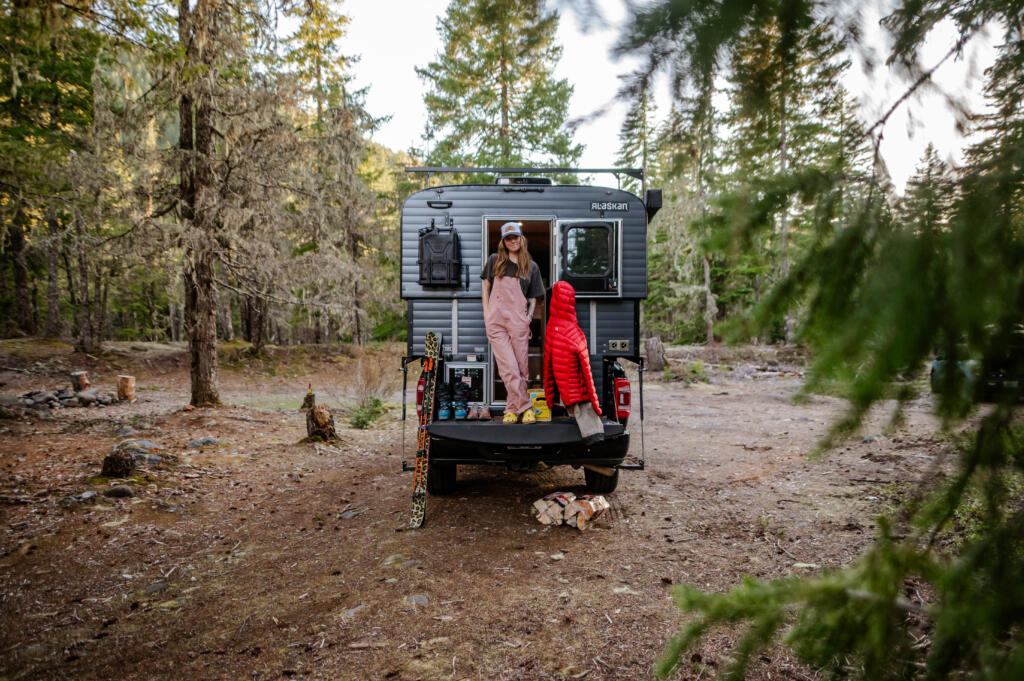
Lassen Volcanic National Park
Lassen might just be California’s best-kept secret. It’s quieter than the headline parks but every bit as dramatic—steaming vents, alpine lakes, and all four types of volcanoes packed into one wild, high-elevation escape. For truck campers, it’s an ideal stop: open sites, uncrowded trails, and plenty of room to roam.
Start with Bumpass Hell, a short hike through a bubbling, sulfur-rich hydrothermal basin. For a bigger challenge, tackle Lassen Peak for sweeping summit views—just be ready for snow well into summer. Manzanita Lake is perfect for paddling or a laid-back picnic with a mountain backdrop. Want quieter trails? Head to Kings Creek Falls or Mill Creek Falls for classic Sierra meadows and fewer bootprints. Even the main park road is worth a slow roll, especially early in the day.
Camp at Manzanita Lake for easy access and amenities, or opt for Summit Lake if you’re after more solitude. For something truly remote, Juniper Lake offers primitive, lakeside camping—but the rough road in calls for clearance, low gear, and a little patience.
Quick Look:
- Drive Time from Yosemite: ~6.5–7 hours
- Top Spots: Bumpass Hell, Lassen Peak, Manzanita Lake, Kings Creek Falls
- Activities: Hiking, geothermal viewing, paddling, scenic driving
- Camping: Manzanita Lake (reservable), Summit Lake North, Juniper Lake (primitive)
- Pro Tip: Check road conditions—snow and closures are common through early summer
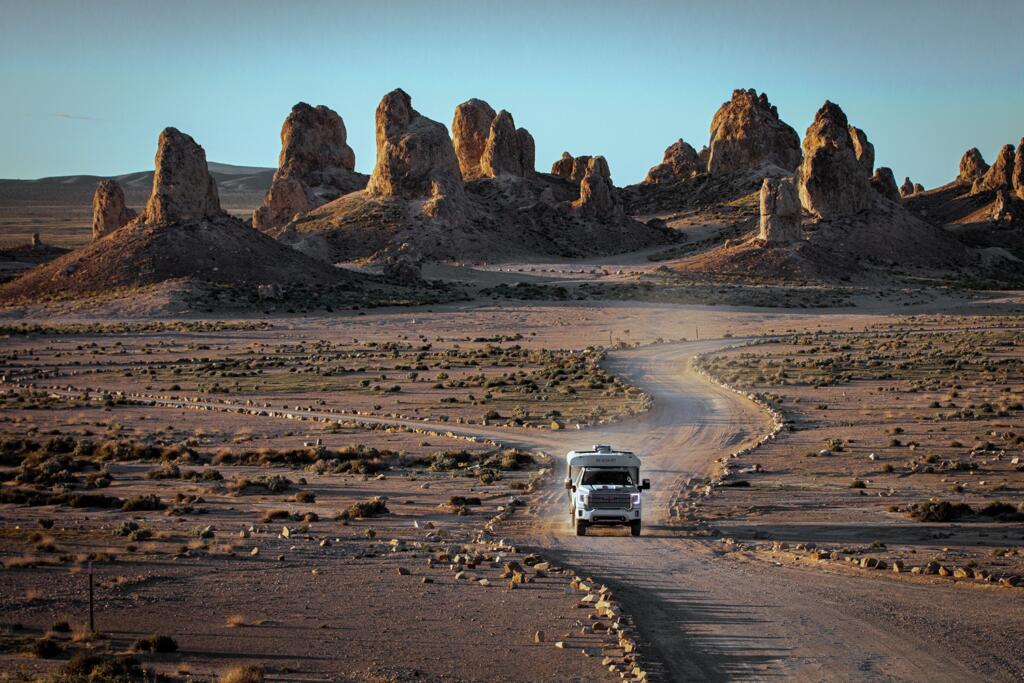
Redwood National and State Parks
After the craters and alpine air of Lassen, the northern coast feels like another planet—cooler, quieter, and draped in fog. Redwood National and State Parks aren’t just about towering trees (though they’re the tallest on Earth). They’re about stillness, scale, and the quiet thrill of walking beneath living things that have stood for over a thousand years.
Base yourself near Prairie Creek or Jedediah Smith for quick access to some of the best groves. Stout Grove is a must-see, and Fern Canyon—with its mossy walls and prehistoric feel—is worth the short drive and permit process. If you’re limited on time, just cruise the Newton B. Drury Scenic Parkway or the unpaved Howland Hill Road for incredible canopy views right from the driver’s seat. Elk sightings are common, and the light through the fog can make even a short walk feel like something sacred.
Campgrounds like Jedediah Smith, Elk Prairie, and Gold Bluffs Beach offer great access and atmosphere. Most are reservable, but if you’re looking for solitude, there’s also dispersed camping nearby on forest roads—just be sure to check size limits and road conditions.
Quick Look:
- Drive Time from Lassen: ~5.5–6 hours
- Top Spots: Fern Canyon, Stout Grove, Newton B. Drury Parkway, Howland Hill Road
- Activities: Hiking, scenic driving, wildlife watching
- Camping: Jedediah Smith, Elk Prairie, Gold Bluffs Beach (reservable); dispersed options nearby
- Pro Tip: Many roads are narrow or unpaved—scout ahead if you’re in a longer rig
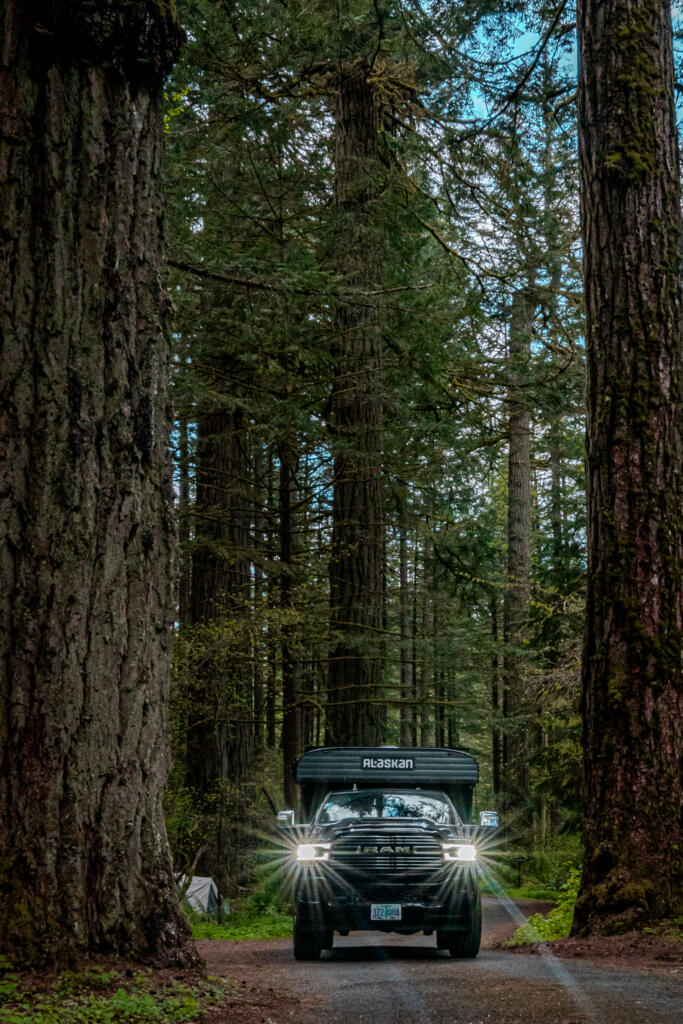
Final Leg: Redwoods to San Francisco
From the redwoods, it’s about five and a half to six hours back to San Francisco via US-101. But if you’re not ready to call it, there’s a longer, slower way to wrap up—Highway 1. This coastal stretch offers some of the most dramatic scenery in the state, with switchback views, oceanside bluffs, and just enough shoulder room for a truck camper to pull off and take it all in.
Great overnight stops include Mendocino, Bodega Bay, and Point Reyes, with iconic Big Sur further south if you want to stretch it out. There’s no wrong way to do this leg—just pick a pace, follow the water, and let the coast ease you back to the real world. Just be aware that some sections of Highway 1 are tight, slow-going, and not ideal for longer rigs. Reserve state park sites ahead when possible, or explore forest roads inland if you’re equipped to boondock.
Quick Look:
- Return Options: US-101 (direct) or Highway 1 (scenic)
- Optional Stops: Mendocino, Bodega Bay, Point Reyes, Big Sur
- Camping: ReserveCalifornia.com for coastal sites; some dispersed options inland
- Pro Tip: Check road and weather conditions—coastal fog, slides, and closures can affect timing
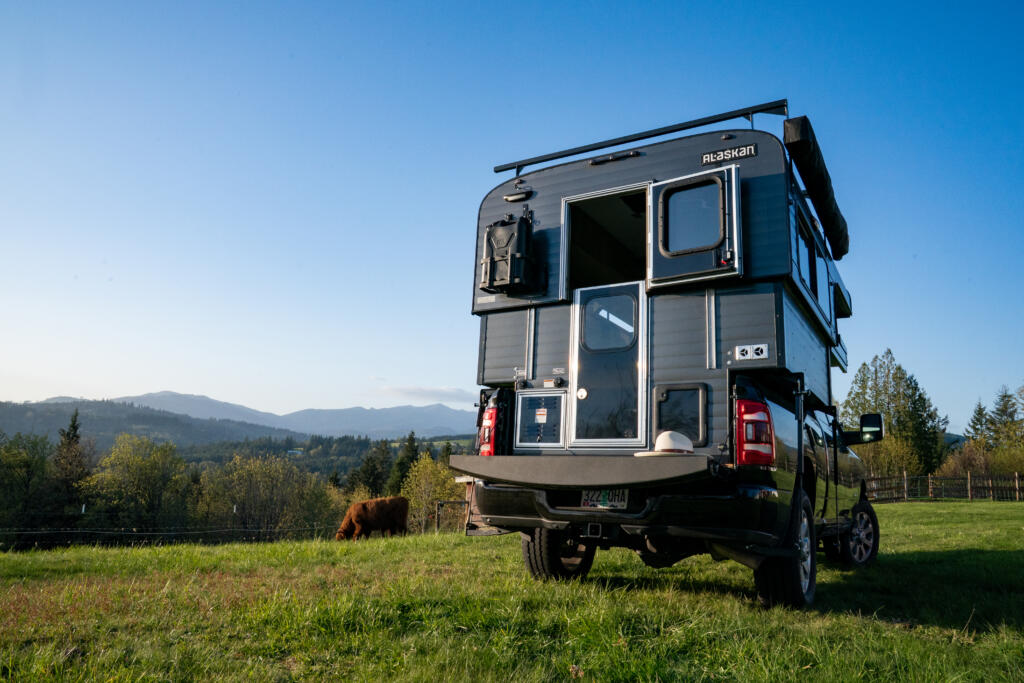
Wrap-Up & Bonus Detours
This route is more than a loop—it’s a starting point. Whether you ran the whole circuit or picked your favorite stretch, the idea’s the same: give truck campers a flexible, scenic way to see the best of California’s wild spaces.
Got a few more miles in you? Pinnacles National Park makes a great detour south of the Bay, with cathedral-like rock formations, talus caves, and a shot at spotting California condors overhead. Planning a northern extension? Crater Lake or Lava Beds National Monument pair well with the Lassen or Redwood leg—offering volcanic landscapes, high-elevation views, and quiet campgrounds that are rarely full.
There’s no finish line here. Just more road, more options, and more chances to use your camper the way it was meant to be used.
Bonus Options:
- Pinnacles National Park: Rock spires, talus caves, and condor watching; one developed campground (east side only)
- Crater Lake National Park: Rim drive, alpine lake views, and scenic backroads into Oregon
- Lava Beds National Monument: Lava tubes, WWII history, and quiet boondocking near the California-Oregon border
That wraps up this Route Guide. If you’re looking for more road-tested itineraries, be sure to check out the rest of our series. Until next time—safe travels and steady roads.
